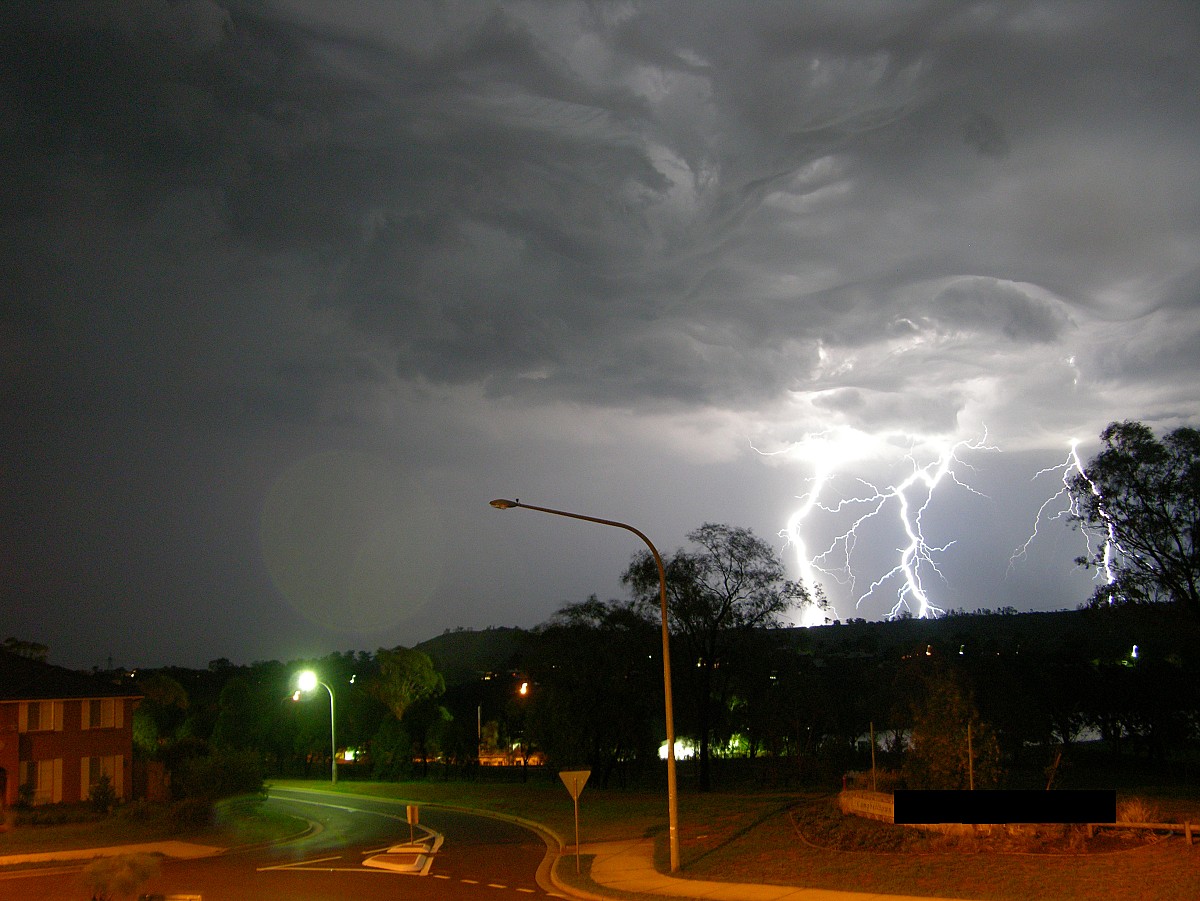How to Protect Your House from Lightning
 Did you know lightning kills more people per year in America than tornadoes and hurricanes combined? Looks like our childhood fear of lightning was justified after all. Learn how to protect your house from lightning.
Did you know lightning kills more people per year in America than tornadoes and hurricanes combined? Looks like our childhood fear of lightning was justified after all. Learn how to protect your house from lightning.
Facts on Lightning Strikes
According to the University of Florida extension service, approximately 100 people in the US are killed every year by lightning. The Weather Underground reports that about 400 people annually survive lightning strikes. UF Extension Service quotes the Lightning Protection Institute, "More lightning casualties occur at home."
Here are areas of the house/household activities in which lightning casualties often happen, from most to least frequent:
- on a landline phone
- in the kitchen
- doing laundry
- watching television
- at a door or open window
How Lightning Travels through a House
Why do those 5 locations/activities yield the highest number of at-home lightning fatalities? A quick tutorial on how lightning travels through a house is in order.
Lightning first strikes the building and then follows metal (or water) conductors down through the structure into the ground. Telephone lines are excellent conductors, through which lightning can travel long distances, especially in rural areas where there are few other electrical conductors. That's why talking on a landline phone during a lightning storm puts you at risk for a faceful of extremely strong electrical current.
Protect Yourself and Your Home
You can safeguard yourself, and protect your house, from lightning injuries in several ways.
First, install a lightning protection system, otherwise known as a "lightning rod" to cut your risk of lightning damage by 90%. Today's lightning rods are not the big, tall, conspicuous rods of yesteryear. About 10 inches high (your HOA might not even notice you installed one), they're connected to a series of grounded conductors. If you go this route, be sure to hire a reputable local lightning protection system company, certified by Underwriters Laboratories or the Lightning Protection Institute.
To further protect yourself, stay indoors -- with doors and windows closed -- and away from home danger zones. These include water (Accuweather cautions against bathing or showering), electrical appliances, landline phones, metal surfaces (especially metal pipes, which are great conductors), and your basement -- during electrical storms.
Protect Your Appliances and Electronics
If you choose not to install a lightning protection system on your house, you can still protect your house from lightning. Disconnect electrical appliances and electronic devices from power sources before lightning storms. Another way to protect appliances is to hire a licensed electrician to install a secondary lightning arrester and/or surge protector, which guards your home electronics from damage if lightning strikes a nearby electrical line or phone line.
Protect Your Trees
Trees are "natural lightning rods" according to the University of Minnesota Extension Service. One way to prevent damage to trees -- and to your house via trees -- is to install a lightning protection system on particularly tall trees. Another important step is to prune any branches overhanging your house or driveway. Consult a local arborist about the best way to prevent lightning damage to trees on your property.
Chaya Kurtz writes for networx.com.
Updated December 26, 2018.
Looking for a Pro? Call us (866) 441-6648

Electrical Average Costs
Electricians Experiences

Attic Stairs Install – High Quality, Reliable Service, Good Price

Grout Replacement Made My Shower Look Brand New



